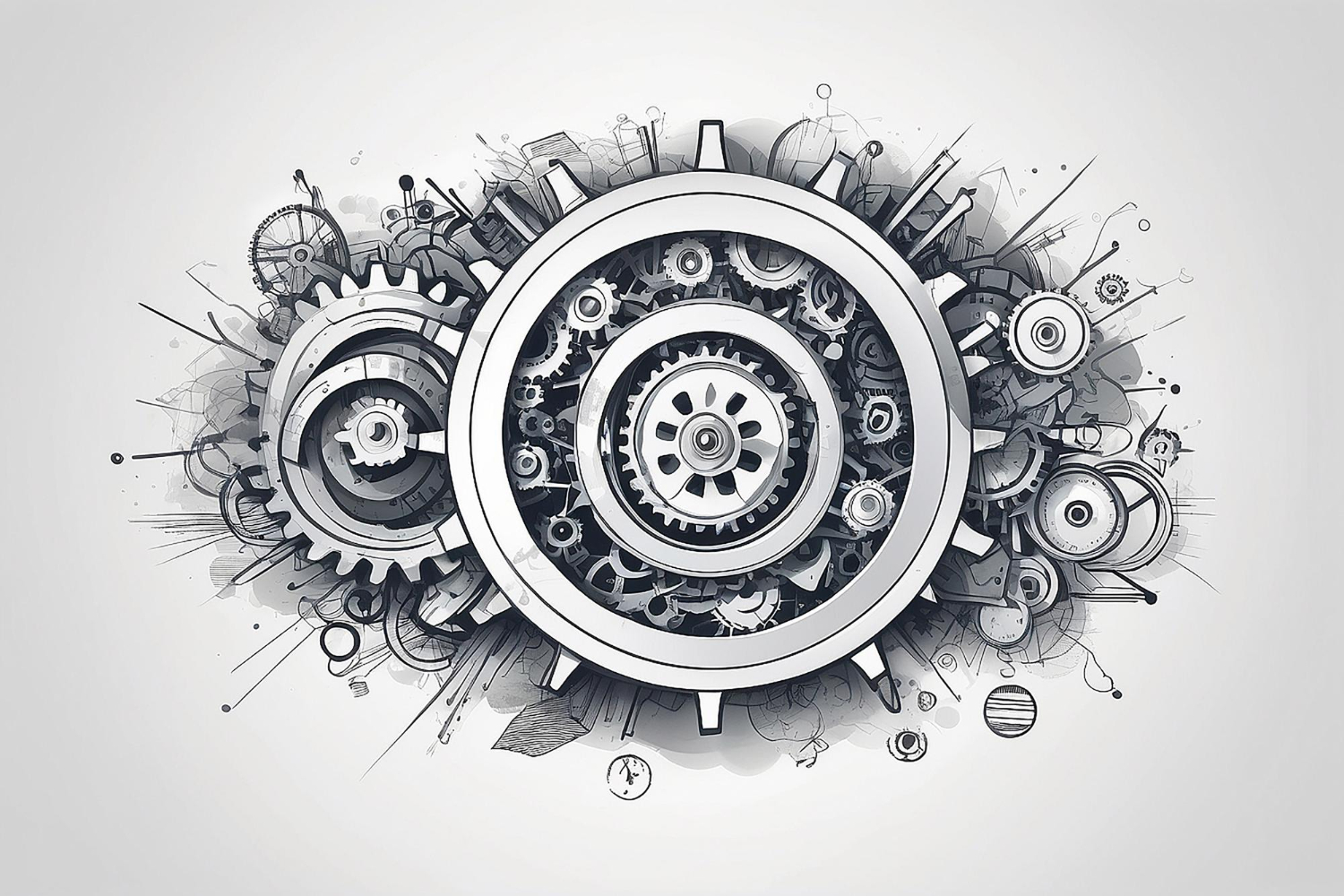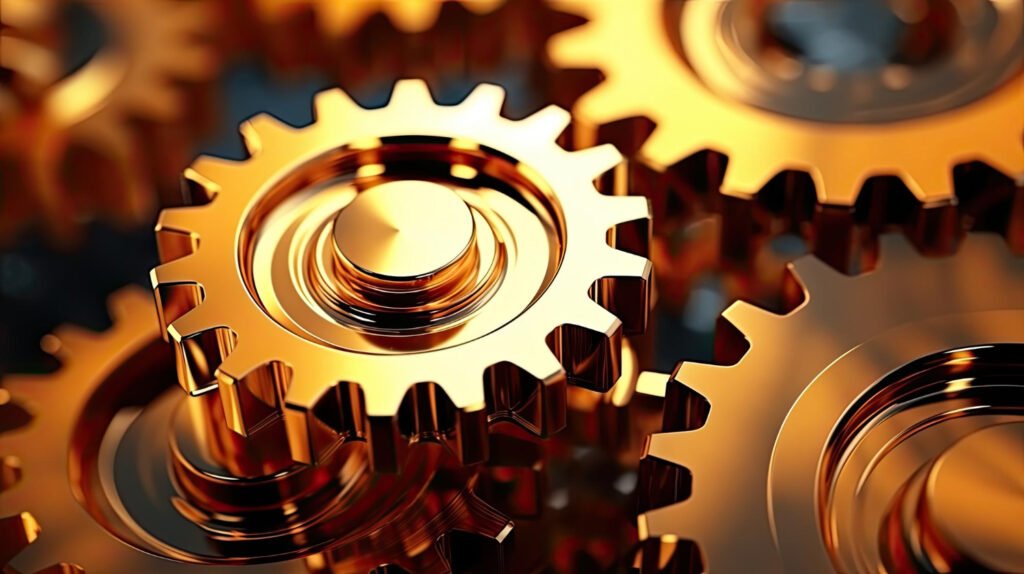
Exploring Gear Design: Shapes, Teeth, and Configurations
Gears are pivotal components in various industrial applications, each meticulously designed to fulfil specific roles. Understanding the nuances of gear design is crucial for optimizing performance and efficiency. Here, we delve into the diverse aspects of gear design, encompassing shapes, teeth configurations, and axis arrangements.
Gears serve as the backbone of countless industrial processes, each meticulously crafted to suit specific applications. Understanding the nuances of gear design is pivotal for optimizing performance and efficiency across various domains. Let’s embark on a journey through the intricate landscape of gear design, delving into the diverse aspects of shapes, tooth configurations, and axis arrangements.

Gear Shape Dynamics
At the heart of gear design lies the shape dynamics, dictating functionality and performance. While circular gears dominate the landscape, elliptical, triangular, and square variants also find their niche. Circular gears offer consistent gear ratios, ensuring uniformity in speed and torque transmission. In contrast, non-circular gears introduce variability, resulting in fluctuating speed and torque outputs.
Unravelling Tooth Design Complexity
The design and configuration of gear teeth play a pivotal role in defining gear performance. Factors such as teeth structure, placement, and profile intricately influence gear functionality. Embedded teeth, integral to some gear types, pose challenges during wear and tear, necessitating gear replacement. Conversely, separately placed teeth facilitate easier maintenance, minimizing replacement costs and offering customization options tailored to specific applications.
Gear Axes Configuration
Gears, classified based on axis configuration, exhibit distinct operational characteristics. Parallel axis gears facilitate efficient power transmission, boasting transmission efficiencies ranging from 98% to 99.5%. Helical and spur gears reign supreme in this configuration, offering reliability and ease of maintenance. However, helical gears, despite their superior torque handling capabilities, generate axial thrust forces, warranting careful consideration.
Intersecting Axis Dynamics
Intersecting gear configurations, characterized by axes crossing within the same plane, introduce unique operational paradigms. Bevel gears, quintessential to intersecting gear setups, enable power transmission at right angles, albeit with limitations on torque transmission. Precision in mounting distance and housing configuration are imperative for optimal gear engagement and performance.
Non-Parallel and Non-Intersecting Realms
Innovative gear configurations defy conventional norms, embracing slippage-based power transmission mechanisms. Non-parallel and non-intersecting gears, typified by skew bevel and worm gear arrangements, offer distinct advantages in compactness and lubrication efficiency. Hypoid gears, akin to intersecting gears, excel in offset axis arrangements, catering to diverse industrial needs.
Factors Influencing Gear Selection
When selecting gears for specific applications, various factors come into play. Material selection, surface treatments, tooth characteristics, and lubrication types profoundly impact gear performance and longevity. A nuanced understanding of these factors empowers engineers to make informed decisions, optimizing industrial processes for enhanced efficiency and reliability.
Gear design epitomizes a harmonious blend of art and science, where precision meets innovation. By unravelling the complexities of gear shapes, tooth configurations, and axis arrangements, engineers pave the way for enhanced industrial performance and efficiency. Embracing advancements in gear technology ensures that industries remain at the forefront of innovation, driving progress across diverse sectors.